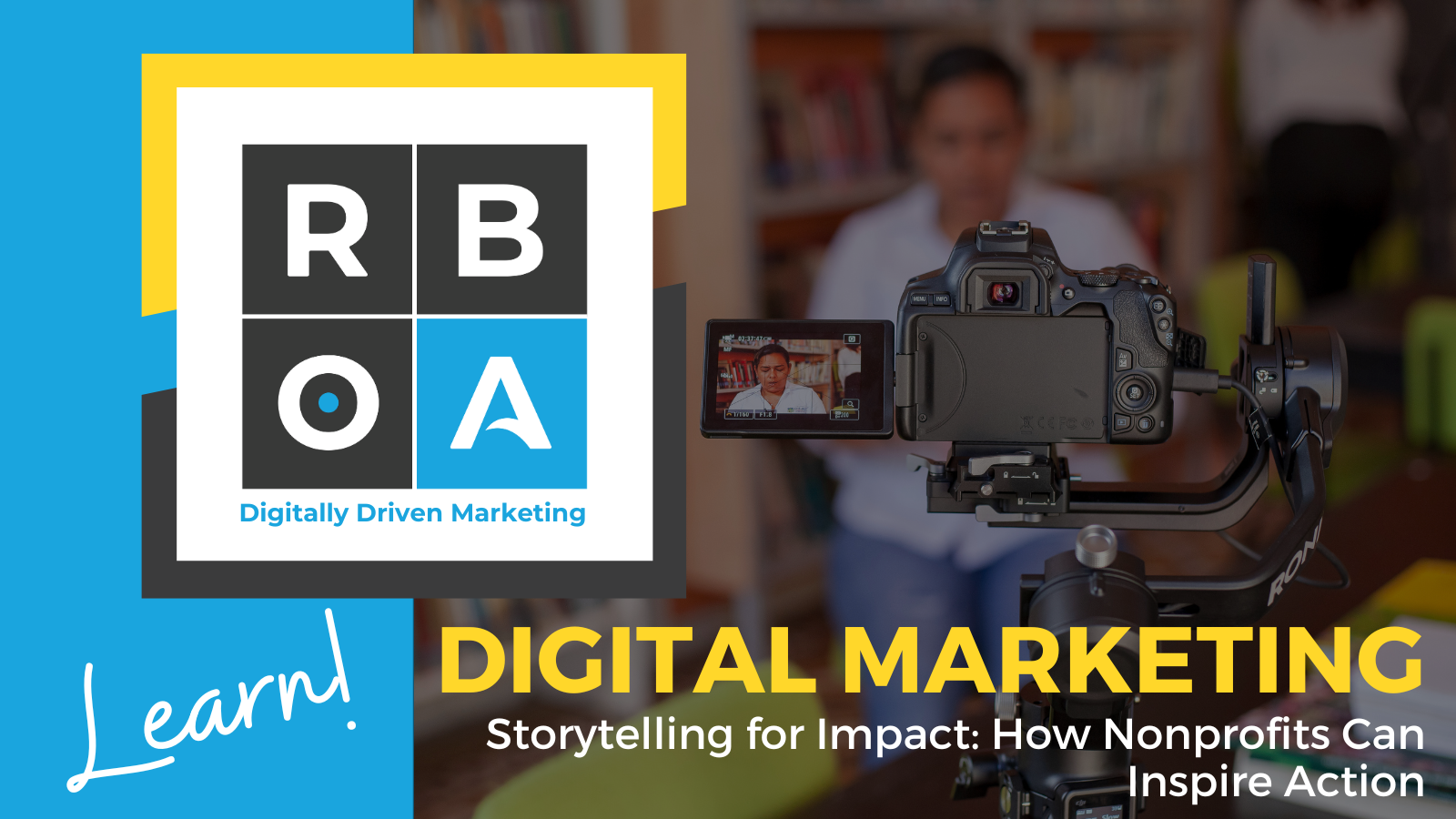Storytelling is the secret sauce of nonprofit marketing. Facts and figures may inform, but stories connect. They make people feel something, and when people feel, they act. Whether it’s donating, volunteering, or advocating, a well-told story can inspire action in ways that statistics alone cannot. So, how can nonprofits harness the power of storytelling to drive impact? Let’s dive in.
Why Storytelling Matters for Nonprofits
Think about the last time a story moved you. Maybe it was a heartfelt video about a family overcoming hardship or a personal testimony about someone whose life changed because of a nonprofit’s work. These narratives stick with us because they create an emotional connection.
For nonprofits, storytelling is more than just a marketing tool—it’s a bridge between mission and action. A compelling story:
- Builds trust and credibility
- Creates an emotional connection
- Simplifies complex issues
- Motivates people to support your cause
In short, storytelling gives your mission a human face and a beating heart.
The Elements of a Powerful Nonprofit Story
A great story follows a structure that draws people in, keeps them engaged, and compels them to act. Here’s what every impactful nonprofit story needs:
-
- A Relatable Protagonist
Your story needs a hero—someone your audience can root for. It could be a beneficiary, a volunteer, or even a donor who embodies the mission.
- A Clear Conflict or Challenge
Every good story has a problem that needs solving. This could be hunger, homelessness, lack of access to education, or any other challenge your nonprofit is tackling.
- An Emotional Connection
Data is important, but emotion drives action. Use personal quotes, vivid descriptions, and real experiences to make the story resonate.
- A Solution (Your Nonprofit’s Work)
Show how your organization is making a difference. Highlight the programs, support, and impact you’re providing. - A Call to Action
End your story with a clear next step—donate, volunteer, share the story, sign a petition, or get involved.
- A Relatable Protagonist
How to Find the Right Stories to Tell
Not every story will have the same impact, so how do you find the right ones? Start by talking to those closest to your mission:
- Interview beneficiaries willing to share their experiences.
- Highlight dedicated volunteers and their motivations.
- Showcase long-term donors and why they continue to support.
- Capture behind-the-scenes moments of your team in action.
The key is authenticity. Real stories, real voices, and real emotions create the deepest connections.
The Best Formats for Nonprofit Storytelling
Different formats work for different audiences. Here are a few powerful ways to share your nonprofit’s stories:
- Video Stories – Short, emotional videos are highly shareable and perfect for social media.
- Blog Posts – Detailed written stories give depth and context.
- Social Media Posts – Quick, impactful snippets with strong visuals engage audiences daily.
- Email Newsletters – Regular storytelling can nurture your donor and volunteer relationships.
- Podcast Interviews – Long-form storytelling with in-depth conversations can be powerful.
Amplifying Your Story’s Reach
Great stories deserve to be seen. Here’s how to get your storytelling in front of the right audience:
- Leverage Social Media – Post regularly, use engaging captions, and incorporate visuals.
- Collaborate with Influencers – Partner with local figures or influencers aligned with your mission.
- Optimize for SEO – Use keywords that help your stories appear in search results.
- Encourage User-Generated Content – Ask supporters to share their own experiences related to your nonprofit.
- Repurpose Content – Turn one story into multiple formats (a video, blog, and social post) to maximize reach.
Storytelling in Action: A Real-World Example
Let’s say you run a nonprofit that provides meals to underserved children. Instead of saying, “We served 10,000 meals last year,” tell the story of Sarah, a 9-year-old who struggled in school because she was hungry. After receiving daily meals, her grades improved, she became more active in class, and she now dreams of becoming a teacher. That’s the kind of story that makes donors want to contribute.
The Wrap
Storytelling isn’t just about words—it’s about impact. The right story, told in the right way, can inspire people to take meaningful action. So, find your nonprofit’s best stories, tell them with heart, and watch how they transform your audience into passionate supporters.
RBOA is a digital marketing agency with a 40-year legacy of creativity, smart strategy, and fresh thinking that delivers award-winning communications and successful results. We provide clients with a unique, omnichannel blend of advertising, social media, digital marketing, and web design services.
If you are interested in learning more about digital marketing for your organization, we hope you will reach out to RBOA to schedule an exploratory call.
FAQs
- How often should nonprofits share stories?
As often as possible! A steady stream of stories keeps your audience engaged. Aim for at least one per week across different platforms. - What if we don’t have a big success story yet?
Every story matters! Even small wins, like a volunteer making a difference in one person’s life, can be powerful. - How long should a nonprofit story be?
It depends on the platform. A social media post might be 100 words, while a blog post could be 1,000+. Focus on making every word count. - How can we get people to share their stories?
Build trust by explaining how their story will help others. Offer anonymity if needed, and make the process easy with guided questions. - What’s the best way to measure the impact of storytelling?
Track engagement metrics like shares, comments, donations, and volunteer sign-ups that come after sharing a story.

